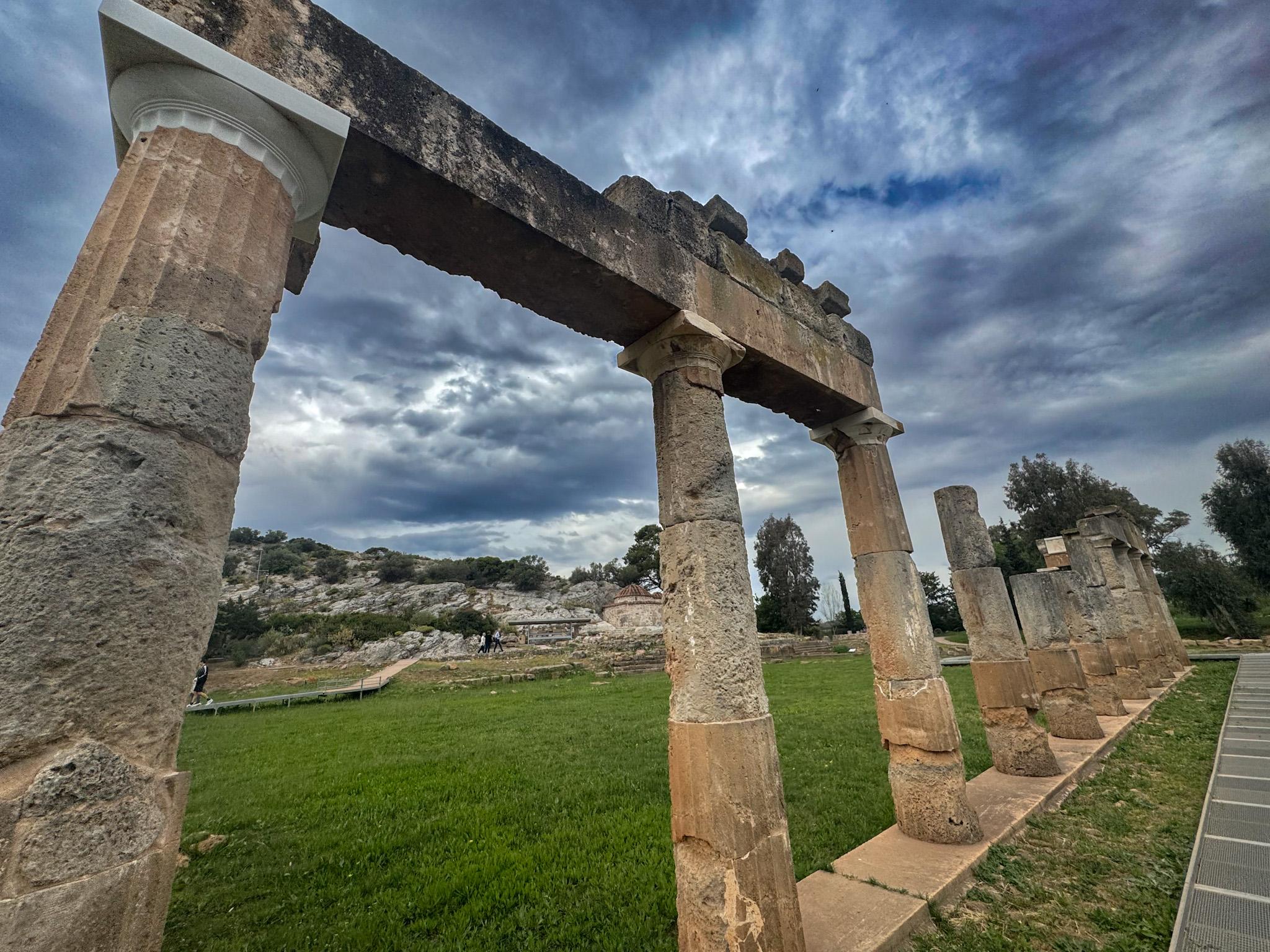
The Temple of Artemis in Brauron (Vravrona), Attica - A Journey into Ancient Greece
If you're visiting Athens or relaxing in the coastal town of Artemida, and you have an interest in history or mythology, a trip to Brauron (Vravrona) is definitely worth planning. It's a quiet, unspoiled place where you'll discover much more than just stone ruins.
Just 38 kilometers from the center of Athens lies one of the most fascinating archaeological sites in the region: the ancient sanctuary of Artemis. Brauron is rich not only in history but also in atmosphere, shaped by a unique female-centered cult and coming-of-age rituals once performed here by young Athenian girls. If you're looking for a less touristy, meaningful destination, Brauron is a perfect choice for a peaceful excursion and a rewarding journey back in time.
Myth, History, and the Cult of Artemis Brauronia
Brauron has been inhabited since the Neolithic period, but it rose to prominence in the 8th century BCE with the rise of the cult of Artemis Brauronia, the goddess who protected women, childbirth, and children. According to Greek mythology, this is where Iphigenia, daughter of Agamemnon, arrived after narrowly escaping sacrifice at Aulis. She supposedly became a priestess of Artemis and was buried at Brauron. Her story explains the presence of a sacred wooden statue of the goddess (xoanon) and the rituals that made Brauron a unique place in the Greek world.
In the 6th century BCE, the Athenian tyrant Pisistratus even brought the cult to the Acropolis, highlighting its importance throughout Attica. But the heart of the worship and rituals remained in Brauron, where processions and ceremonies attracted women and children from all over Athens.
The Arktoi Ritual: When Girls Became "Little Bears"
Brauron, also known as Vravrona, was home to a truly unique sanctuary. Every five years, it hosted the festival of Brauronia, during which young girls aged 5 to 10 participated in the ritual known as arkteia. Dressed in saffron-colored robes, they were called arktoi ("little bears") and took part in ritual games, dances, and races - symbolically imitating sacred bears, animals closely associated with Artemis.
This was a rite of passage: the girls were symbolically "dedicated" to Artemis in hopes of ensuring healthy development, a good marriage, and successful motherhood. Brauron is one of the rare places in ancient Greece where young girls played a central role in official religious life.
Goats were typically sacrificed during these rituals, and the girls often left behind votive offerings - dolls, figurines, and jewelry - that you can now see in the local museum.
Ruins and Discoveries: An Archaeological Treasure
The sanctuary at Brauron has been partially excavated and includes several noteworthy remains:
-
The Temple of Artemis from the 5th century BCE - a Doric temple with surviving columns and foundations
-
A Π-shaped stoa - a colonnaded courtyard used for ritual gatherings and ceremonies
-
A small theater, likely used during religious festivals
-
A stone bridge over the Erasinos River, once leading pilgrims to the sanctuary
-
The Chapel of Saint George, built atop the ancient altar
Nearby, the Archaeological Museum of Brauron houses a moving collection of artifacts: marble statues of young girls from classical times, figurines, pottery, jewelry, and toys once dedicated to the goddess. One of the most touching pieces is a sculpture of a girl hugging a rabbit - a beautiful symbol of childhood and Artemis's care.
Practical Information for Visitors
If this story has sparked your curiosity, Brauron makes a great day trip from Athens.
Location: about 38 km east of Athens, near Porto Rafti
By car: Take the Attiki Odos (A6) → exit at Markopoulo → follow signs to Porto Rafti → Brauron
By public transport: There are two main options. One is to take Metro Line 3 to the airport, then transfer to bus X97 to Markopoulo, and from there take local bus 320 to Brauron. Alternatively, you can get off Metro Line 3 at Nomismatokopio station and take bus 323 toward Artemida. Note that in both cases, the final bus stop is a short walk from the museum and the site.
Opening hours and tickets
-
Archaeological site: open daily except Tuesdays, from 8:30 AM to 3:30 PM
-
Museum: same schedule
-
Note: Tickets for the site and the museum are sold separately, each costing around €5 (or €3 for reduced admission)
Tips and nearby attractions
The best time to visit is spring (April - May) or early autumn (September - October), when the landscape is green and the weather is mild. Wear comfortable shoes, bring water, and consider sun protection, the area is open and stony.
After your visit, you can relax on the beach in Artemida, enjoy a walk by the sea in Porto Rafti, or visit a local winery in nearby Markopoulo.
Why go?
Because it’s one of those rare places that still feels real. It’s not overly commercialized, despite the small entry fee. Brauron is quiet, meaningful, and deeply connected to both nature and myth. It’s not just about ruins - it’s about stories. About young girls growing up under the watchful eye of a goddess. About the often-overlooked feminine side of ancient Greek religion. Today, it’s an ideal spot for a peaceful escape beyond the city - among stones, stories, and the sound of cicadas.
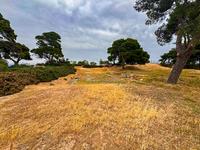







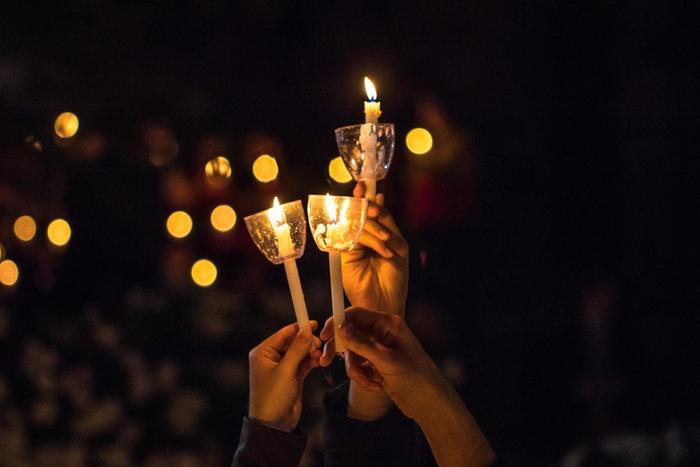

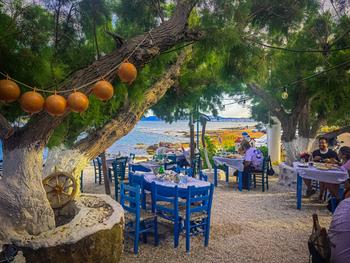

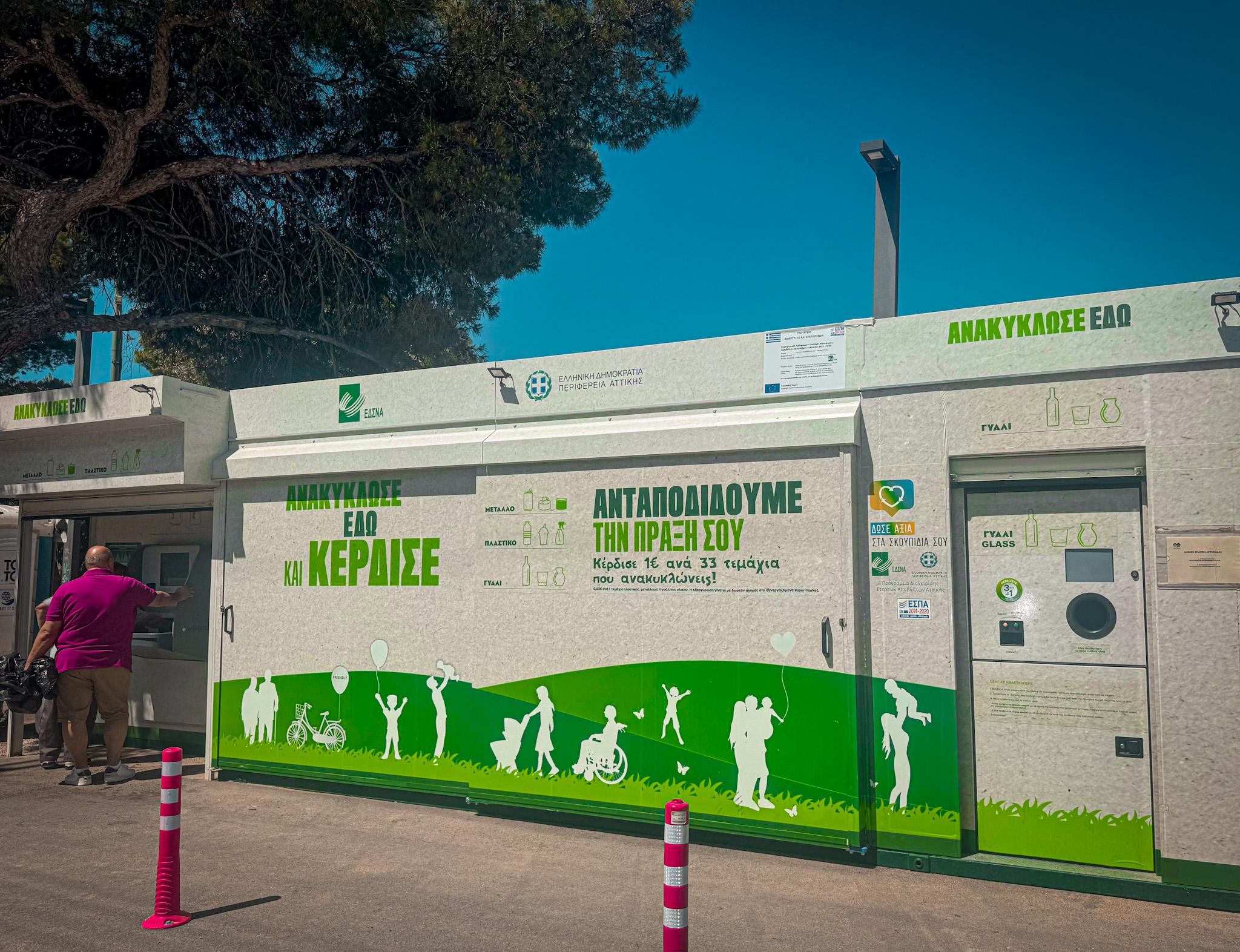

Comments